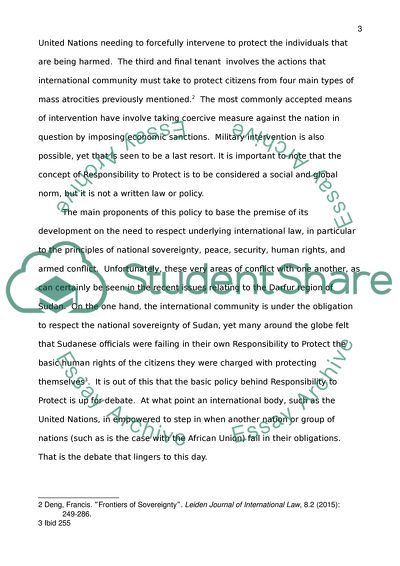Cite this document
(The Responsibility to Protect in Darfur Research Paper, n.d.)
The Responsibility to Protect in Darfur Research Paper. Retrieved from https://studentshare.org/social-science/1871810-responsibility-to-protect-with-respects-to-the-ongoing-genocide-in-darfur
The Responsibility to Protect in Darfur Research Paper. Retrieved from https://studentshare.org/social-science/1871810-responsibility-to-protect-with-respects-to-the-ongoing-genocide-in-darfur
(The Responsibility to Protect in Darfur Research Paper)
The Responsibility to Protect in Darfur Research Paper. https://studentshare.org/social-science/1871810-responsibility-to-protect-with-respects-to-the-ongoing-genocide-in-darfur.
The Responsibility to Protect in Darfur Research Paper. https://studentshare.org/social-science/1871810-responsibility-to-protect-with-respects-to-the-ongoing-genocide-in-darfur.
“The Responsibility to Protect in Darfur Research Paper”, n.d. https://studentshare.org/social-science/1871810-responsibility-to-protect-with-respects-to-the-ongoing-genocide-in-darfur.


